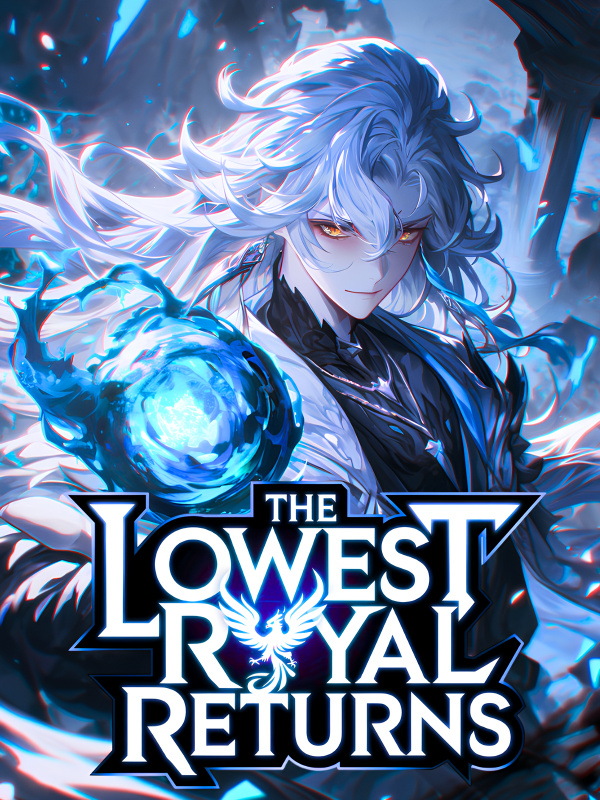©Novel Buddy
Video Game Tycoon in Tokyo-Chapter 1037: Takayuki’s Expectations
Chapter 1037 - Takayuki's Expectations
Sorei Electronics truly seemed to be seriously reflecting on why they had always been stuck in second place.
They began reevaluating from both the perspective of game quality and technical capability.
And perhaps during that introspection, they finally identified a field that Gamestar Electronic Entertainment had yet to fully explore—the field of high-speed world loading.
The faster a game loads its world, the easier it is for players to feel immersed.
Imagine one game takes a full one or two minutes to load a new scene, while another allows seamless transitions in mere seconds—or even instantly. The player experience would obviously be worlds apart.
Even if the slower-loading game is objectively better, player patience has its limits. Sitting through long load times again and again just kills the momentum. And even if you do tough it out once, you probably won't want to replay it again anytime soon—because it feels like a chore.
So, Sorei Electronics seized this opportunity and invested heavily into developing high-speed loading technology for games, hoping it would be their breakthrough.
And, remarkably—they found one.
Once loading speeds reached a certain level, they discovered the game world could switch between scenes almost seamlessly.
Even if the environments had completely different styles, the transition could happen instantly.
...
That feeling of jumping between different worlds in an instant was truly unique.
When Okawa Yoichi and his team were working on the game, they decided to try a short demo using this new tech.
What they saw stunned them: one moment, the protagonist of Solar Knight was standing among ancient ruins—then in the blink of an eye, he was in the very same place, now restored to the peak of its glorious civilization.
The seamless transition felt like true time travel. The experience was mesmerizing.
Everyone who saw that demo, including Okawa himself, was blown away.
It was the perfect marriage of cutting-edge technology and innovative gameplay.
After watching that demo, Okawa made a bold decision on the spot: he immediately halted the current development of Solar Knight, despite over $30 million already invested. He formally requested approval from Hayakawa Uehito to reboot the entire project, personally guaranteeing that the new Solar Knight would dazzle players.
Naturally, Hayakawa approved. A few tens of millions in losses were nothing Sorei couldn't handle.
And he'd seen that demo himself—he'd been just as impressed. If they could really pull off a game like that, it might very well be the turning point for Sorei's entire gaming division.
Back in the live broadcast, Takayuki now found himself looking forward to what came next.
He thought back to a game from his previous world that best showcased ultra-fast loading: Ratchet & Clank: Rift Apart.
That game had made a splash thanks to its stunning real-time dimension-hopping gameplay.
The Ratchet & Clank series had always been solid but never top-tier. But Rift Apart became the breakout title that drew huge attention to the franchise.
In the end, the full experience didn't quite live up to the demo hype—but that's another story.
Right now, Takayuki sincerely hoped the Solar Knight demo in this world wouldn't flop. He actually wanted to see it succeed, to fully realize the potential of ultra-fast memory loading—because if it worked, it would prove the path forward was the right one.
Okawa had now entered the gameplay demo.
This was Solar Knight: Chrono Odyssey. The interface looked fairly basic—clearly, the demo was made in a short time and hadn't had its visual details fully polished.
On screen was the iconic figure of the Solar Knight.
Much like the Hero from Dragon Quest, the Solar Knight was not a single person, but a mantle passed down through generations.
Sometimes the Knight saves a princess. Sometimes the world. But always—always—they're on a quest to save something.
The Solar Knight had never had a face. Always helmeted. Always silent.
Even after over ten installments, the protagonist still said nothing.
It had become a running joke in the gaming world.
There were even four "Silent Kings" among video game protagonists in this world: freёwebnoѵel.com
Link from The Legend of Zelda
The Hero from Dragon Quest
The Solar Knight
The Pokémon Trainer
(And honorable mention: the silent race car driver from Need for Speed)
No matter how many sequels were released, these characters just refused to talk—even while every NPC around them had fully voiced lines.
By comparison, Mario was downright chatty.
Takayuki stared at the livestream, eyes glued to the screen. Okawa pressed buttons rapidly, and the game reached its main menu.
The demo began with the Solar Knight standing at the mouth of a cave. He picked up an oil lamp and slowly made his way inside.
This was all in real-time, rendered live. About a minute in, he reached the end of the cave, where a large dial engraved with time markings stood.
The Knight picked it up.
Suddenly, the world around him shifted.
What was once a pitch-black cave was now bathed in daylight. A massive group of people appeared, kneeling in reverence toward the altar where the dial had been.
But as soon as they spotted the Solar Knight holding their sacred relic—they went berserk, screaming and charging at him.
A prompt appeared on screen, instructing the player to press a button.
Okawa reacted instantly. The screen flashed—and the Knight was back in the dark cave, as if nothing had ever happened.
"This," Okawa said, "is just the tip of the iceberg. And we're only getting started. Please, allow me to show you more."







![Read The Royal Military Academy's Impostor Owns a Dungeon [BL]](http://static.novelbuddy.com/images/the-royal-military-academys-impostor-owns-a-dungeon-bl.png)